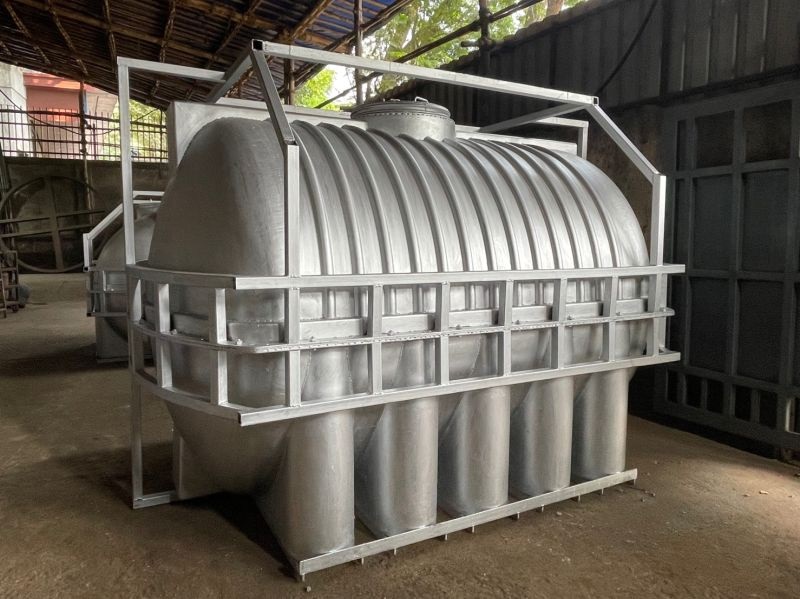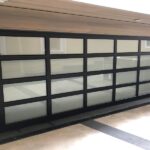Crafting Excellence: Design Essentials for Rotational Molding Products
Rotational molding, also known as rotomolding, is a versatile manufacturing process used to create hollow plastic products. The success of rotational molding products hinges on careful design considerations that influence their durability, performance, and overall quality. Rotomolding revolutionizes production by evenly distributing plastic material, resulting in uniform wall thickness and high-quality, resilient finished goods.
Wall Thickness:
Maintaining consistent wall thickness is crucial in rotational molding to ensure uniform strength and minimize issues such as warping and uneven cooling. Designers need to strike a balance between achieving structural integrity and avoiding excessive material usage, as thicker walls can lead to longer production cycles and increased costs.
Part Design Geometry:
The geometry of the part plays a significant role in rotational molding. Parts with complex shapes or intricate details may require additional considerations to ensure even material distribution during the molding process. Draft angles, fillets, and other design features must be carefully incorporated to facilitate proper demolding and prevent defects.
Undercuts and Inserts:
Designers should be mindful of undercuts and the integration of inserts in rotational molding products. Undercuts can complicate the demolding process, while inserts must be well-placed and securely anchored to ensure they remain in position during rotation. Strategic design solutions are necessary to overcome these challenges without compromising the structural integrity of the final product.
Venting:
Proper venting is essential to prevent air entrapment during the molding process, which can lead to defects like bubbles and voids. Designers need to incorporate venting features strategically, considering the size and location to allow trapped air to escape without compromising the overall integrity of the product.
Mold Design:
The design of the mold used in rotational molding is a critical factor influencing the final product’s quality. The mold must be well-ventilated, evenly heated, and able to withstand the mechanical stresses of rotation. Additionally, designers should consider factors such as mold release agents and surface finishes to ensure smooth demolding and a high-quality surface finish.
In conclusion, successful Rotational Molding product design requires a holistic approach that considers material selection, wall thickness, part geometry, undercuts, inserts, venting, and mold design. By carefully addressing these key considerations, designers can optimize the manufacturing process, resulting in high-quality, durable products that meet or exceed performance expectations.












